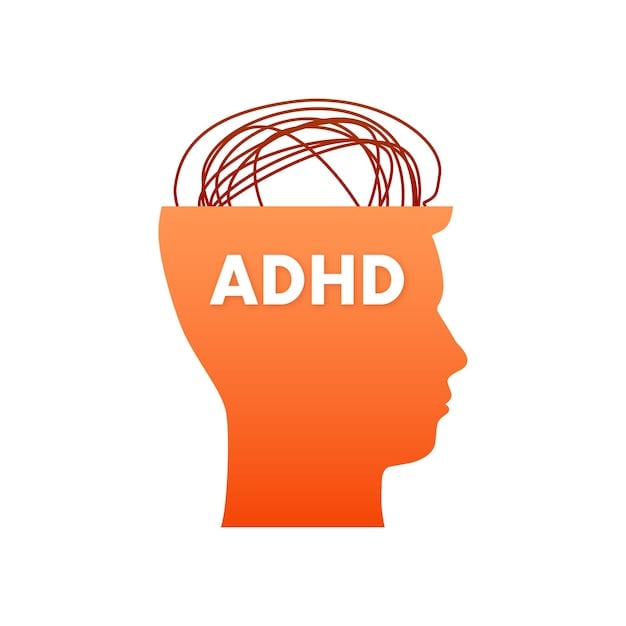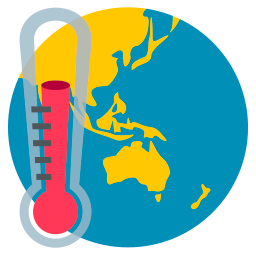You’re not going to believe this but Ball made all of the mirror … except the mirror itself.
hissing meerkat
- 1 Post
- 21 Comments
We’re gonna look like bots
Women are so cute and cute and cute and cute and cute and cute and cute and cute and cute and cute and cute and cute and cute and cute and cute and cute and cute and cute and cute and cute and cute and cute and cute and cute and cute and cute and cute and cute and cute and cute and cute and cute and cute and cute and…

 12·1 month ago
12·1 month agoDogs love pumpkin. Dogs love cinnamon.

 1·2 months ago
1·2 months ago10s of thousands of nothing. Hundreds of thousands isn’t even enough that “economic growth” at the expense of increased costs and greater inequity would be a net benefit.

 9·2 months ago
9·2 months agoA complete Greenland slide-off would be an average sea level rise of about 7m, and is possible in our lifetimes as an extreme event (something like a fraction of a percent chance before 2100). If it happened it would be multiple events really, spread out across years or decades. Antarctic ice moving so its weight is no longer supported by the continent was too unlikely to include in models a few years ago, but the West Antarctic has been so active that I’d expect it to start showing up in estimates.

 17·2 months ago
17·2 months agoScientists: why would a female need to be horny or want to have sex?

 122·2 months ago
122·2 months agoJ. Maruthupandian and G. Marimuthu can’t understand purpose of sex being rewarding for females.
The bats spent longer performing cunnilingus after copulation than before, so licking competitors sperm out can’t possibly be the reason, but it gets proposed.

 151·3 months ago
151·3 months agoThat’s because you’re the victim of a crime: extortion

 6·3 months ago
6·3 months agoNo, terrible record keeping is exactly what caused this, according to the anonymous whistleblower: warranty work on the door was performed without any records being created for it due to boeing keeping two record keeping systems, one that was the system of record and one that was used as visibility for management.

 3·3 months ago
3·3 months agoNo, the NTSB said that Boeing hadn’t provided them with the records, not that orders for the reinstallation hadn’t been made. Boeing is now trying to blame the lack of records to follow-up on on employees, even though none of the work should have been possible without the records existing in the first place.
Boeing absolutely shouldn’t be trying to get out ahead of the NTSB investigation with their own deflecting interpretation of what the NTSB has uncovered and shared with Boeing, which is probably along the lines of the anonymous whistleblower from a few months ago who detailed failings in the record keeping process before the senate hearings revealed that Boeing hadn’t provided the NTSB with the records (which according to the anonymous whistleblower didn’t exist because they were never created)

 2·3 months ago
2·3 months ago$5k?! A doctor’s visit is $250 for me (insurance doesn’t cover anything until I never reach the deductible). Also there were only like 2 tests totalling 20-ish questions. The hardest part was making an appointment, which I never would have done if I wasn’t also making appointments for other pressing health issues.

 412·3 months ago
412·3 months agoabout:config is a weird thing to lock behind ditching Firefox and downloading a different browser

Those numbers are colossally lower than what NYC and London came up with for transit buses ages ago (about $1.2 million/£1.7 million). I haven’t looked at the article yet but it’s probably due to the lower use and lower population density.

 71·4 months ago
71·4 months agoNew?! This is the original area in which China excelled at producing electric vehicles. London’s early electric buses were European licensed production of BYD buses (or more likely BYD licensed powertrains)
Is China even allowing electric buses to be exported yet? The last time I looked it was still going to take over a decade to replace all the buses in China, but a chunk of a decade has passed since then.
There’s an old report from New York City putting the value of an electric bus at about $1.2 million, mostly the health benefits from no emissions not fuel savings. At the time there was no way for New York City to buy them because there’s no way to fund transit out of healthcare when the state pays for one but not the other, there were no non-Chinese manufacturers, and then shortly after they couldn’t compete with London that valued an electric bus at £1.7 million if I remember correctly, and the UK could justify funding buses based on healthcare. I think those first buses were about €600k. At the same time kneeling electric transit buses in China were about $90k, and small electric buses were $30-$40k.

 5·6 months ago
5·6 months agoNo. This is the alternate history of energy. We could have been building primarily molten salt solar plants for the last 40 years. They had similar costs to coal, fuel plants, could be built with no semiconductor manufacturing bottlenecks, provided more consistent base generation than wind, had no fuel dependencies, combustion emissions. Now photovoltaics and battery storage are cheaper, more efficient, don’t require water and cooling, and work with wind as well as solar, and aren’t really bottlenecked by manufacturing.

Silly. The limit should be 0. You can take no gas that you don’t pay for. You can vent/leak no methane except for emergencies, some tiny fraction of leak/well or pipe distance. If you flare gas you have to pay for both the gas you took and the lost utility of the gas to other users.
And that’s not even getting to addressing climate issues.

 2·6 months ago
2·6 months agoI started doing that last year with Joplin on my computer and it’s a big help.
I also keep big notes to just dump everything I’m working on into - websites, pdfs, screenshots, screen video captures with no commitment to organization except I can add things in chronological order. A lot of it is initiated by showing it to someone else and then realizing I should have a note for myself too.
I really should start doing the same with personal stuff and random observations. If something is important enough to tell (or what to tell) other people about it should be important enough to tell my future self about.
It’s crazy how much not experiencing rewards yourself/the inability to do things for yourself influences things I wouldn’t even imagine before understating what ADHD is/does and consciously examining them.
I really didn’t believe that a bunch of memes on lemmy meant that I had ADHD so instead of making an appointment for it specifically I described the executive difficulties I had when making an appointment, and the doctor brought up anxiety and ADHD and depression all as things that could cause that, and that frequently go together, which they gave screening questionaires for and wanted to treat anxiety first. Then after a few weeks I had a follow-up appointment for ADHD, which was just questions about symptoms and when they first appeared.
Yeah that amounts to the same thing-report the symptoms, get diagnosis, but it felt more honest to me. I guess I really wanted to hear somebody else say it.



Justice Alito claimed that he and the court foresaw the legal and actual consequences of their decision and what impact it would have on state laws, existing and otherwise. He chose this. He chose to kill somebody by taking away their rights, and now he has.